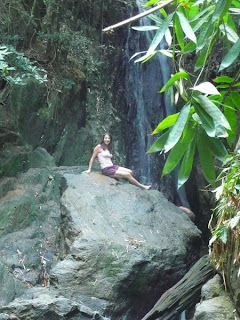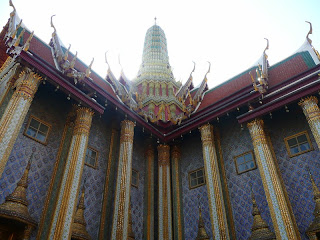The railways still engages manual labourers to clean human excreta from its tracks. Does this shock you enough, asks Nupur Sonar
Clean-up or cover-up? A ‘safai karmachari’ at the Old Delhi Railway Station
Photo: Shailendra Pandey
Photo: Shailendra Pandey
On 22 January, Railway Minister Pawan Kumar Bansal wrote to general managers of all zonal railways to ensure cleanliness at 100 stations of religious and tourist importance, with more than 10 lakh population. He also said that more coaches would be provided with bio-toilets.
However, on the issue of manual scavenging, the railways denies the practice outright. “All new trains are being fitted with bio-toilets and since installing them in old trains isn’t feasible, washable aprons have been installed at most stations,” says Anil Saxena, public relations officer with the Ministry of Railways. With the washable apron type of tracks, workers use a hose pipe to rinse the platforms and the waste flows into the drains. “All safai karmacharis are provided with masks, coats, boots, gloves, etc. They don’t clean anything with their hands,” adds Saxena.
The reality is something else. On visiting several stations in New Delhi, Punjab, Haryana and Rajasthan, members of the NGO Safai Karmachari Andolan saw workers cleaning the waste without any protection. “This can be seen at Ajmer and Panipat stations,” says Bezwada Wilson, convener of Safai Karmachari Andolan. “In places where the drain to carry the washed away human excreta from the aprons does not cover the complete length of the platform, they have to be cleaned manually.” Both the New Delhi and Old Delhi Railway Stations have this problem. Moreover, safai karmacharis are also seen working in hazardous conditions without any protective gear.
“We don’t have gloves or masks,” says 24-year-old Jabbar (name changed) who works at the Old Delhi Railway Station. “We get them only when an official visits the station. Otherwise we clean with just brooms.”
The railways’ denial of the practice makes it difficult to get access to actual figures for manual scavenging. However, independent surveys by various organisations reveal that manual scavenging is an existing practice in the railways.
Studies conducted by the Rashtriya Garima Abhiyan and Safai Karmachari Andolan show how the railways have managed the cover-up for over two decades. “The railways have managed to keep manual scavengers working for them closely wrapped under a cloak of invisibility by outsourcing the jobs to contractors,” says Ashif Shaikh, convener of the Rashtriya Garima Abhiyan. These employees are hired as sanitation workers but they clean more than just dry garbage.
To make matters worse, in the past two decades, the Ministry of Social Justice and Empowerment has not included the railways in any of its surveys on manual scavenging. Even the Prohibition of Employment as Manual Scavengers and their Rehabilitation Bill, 2012, tabled in Parliament in September 2012, leaves a lot to be desired. A clause states that a person who engages in “hazardous” cleaning with protective gear shall not be deemed a “manual scavenger”. This will not only dilute the definition of manual scavenging but will also provide a window for the practice to be perpetuated.
nupur@tehelka.com



























































































































































































































































































































































































































































